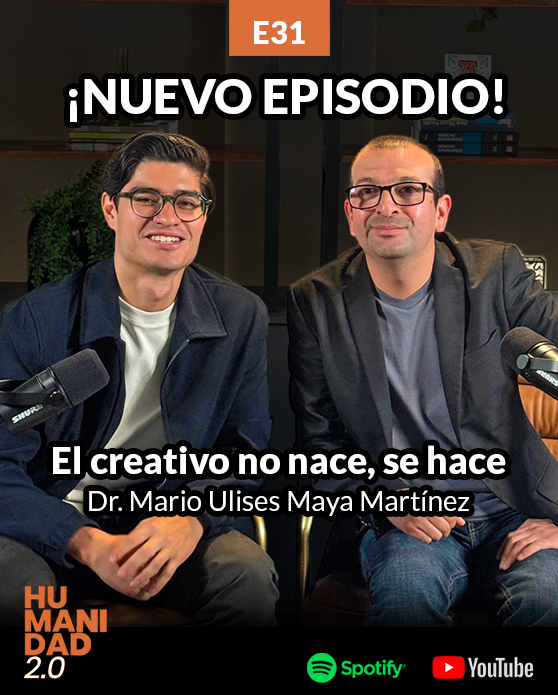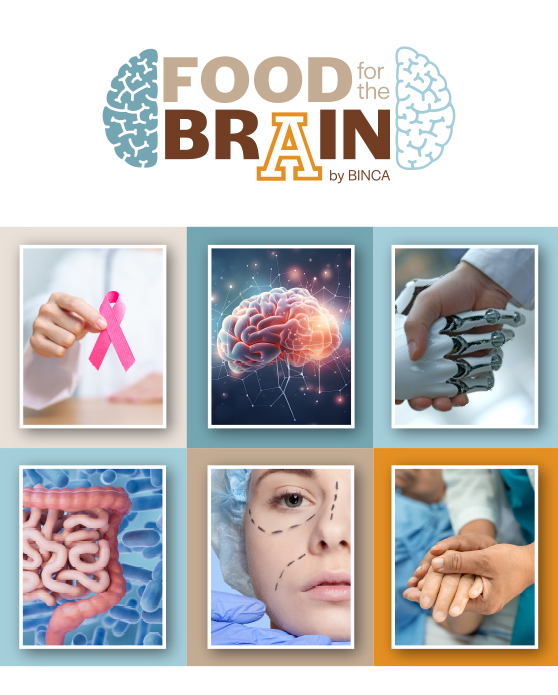
August 4, 2025
Author: Daniela Casillas Gómez
Versión en español
Introduction
Pain relief is not a luxury; it is a fundamental human right. However, for millions of people living with chronic pain, this right is denied by a global health system full of contradictions. While in rich countries the excessive use of powerful analgesics like opioids has created an addiction epidemic, in poorer countries, people suffer in silence due to a lack of access to these same medications. This situation, marked by inequality, forces us to engage in a deep ethical reflection on how we care for those who suffer.
Body
The management of chronic pain confronts us with one of the greatest ethical dilemmas of our time. The historical dependence on opioids has created a scenario of extremes: an overdose crisis in high-income nations and unattended suffering in low- and middle-income countries due to a lack of access (1). This landscape compels us to question whether we are fulfilling the most basic principle of medicine: first, do no harm, and second, seek the patient's well-being.
Global Injustice: Abundance for Some, Abandonment for Others
The inequality in access to analgesics is a clear reflection of global injustice. In countries like the United States, more than 30 times the opioids needed for palliative care are distributed, an overabundance that has caused a public health crisis (1).
In contrast, Mexico faces a reality of abandonment. Barely a third of the need for these medications is met for patients who, for example, are facing the final stages of cancer (2). Although efforts have been made to improve the situation, such as the implementation of an electronic prescription system in 2015, barriers persist. The inequality is geographical and economic: while in more developed states like Mexico City or Nuevo León access is greater, people living in rural areas or with fewer economic resources simply do not have access to adequate relief. The fear of abuse, high costs, and excessively strict regulations become walls that impede care (2). Leaving a person to suffer from pain that could be relieved is a moral failure and an attack on their dignity (1).
The Crisis of Misuse: When the System Fails
In countries where opioids are abundant, the problem is misuse. Every year, millions of people abuse these medications, and half of the prescriptions come from primary care offices. Often, in very short medical consultations, there is no time to assess risks or discuss other forms of treatment (3). Decisions, at times, are based more on the doctor's perception of the patient than on a complete analysis of their situation (4).
This crisis, moreover, has a markedly unjust face. In the United States, for example, white patients often receive more modern and flexible treatments for addiction. In contrast, Black and Hispanic communities are often referred to stricter and more stigmatizing treatments. This is not a coincidence; it is the result of prejudice and a historical distrust of a healthcare system that has not always treated them with equality and respect (5). Structural racism, whether conscious or not, translates into unequal suffering and a violation of the principle of justice (6).
A Model of Integral Care: Beyond Pharmaceuticals
The ethical response to this crisis is not simply to ban opioids, but to transcend a model of care that reduces suffering to a symptom to be eliminated with a drug. It is about adopting an approach of integral care that recognizes the person in all their dimensions: physical, emotional, and psychological. This model, known as multimodal treatment (7), seeks to empower the patient with a range of therapeutic tools.
Prudent Use of Medications: This approach does not dismiss drugs but rather places them in an appropriate context. Alongside a rational and limited use of opioids, other options such as anti-inflammatories, antidepressants, or anticonvulsants are used, always seeking maximum patient safety.
Therapies for the Person, Not Just for the Pain: Chronic pain is an experience that invades one's entire life. Therefore, therapies that address the mind and body are essential.
Psychological therapies are a fundamental pillar. They help the person dismantle negative thought patterns, such as catastrophizing, which intensify suffering (8,9). Therapies like Cognitive-Behavioral Therapy (CBT) or Acceptance and Commitment Therapy (ACT) do not seek to eliminate the pain, but to teach the person to relate to it in a way that does not prevent them from living a full and meaningful life (10).
Comprehensive rehabilitation, which combines exercise, therapy, education, and the valuable support of a group, has proven to be the most powerful long-term strategy. It not only improves physical function but also combats isolation and gives the patient back control over their life (11,12).
Conclusions
The management of chronic pain forces us to take a clear ethical stance. We can no longer tolerate a world where relief from suffering is a privilege and not a right. The paradox of having an excess of opioids in some places and a devastating scarcity in others is a moral failure that directly attacks justice and human dignity (13).
The solution is not simply to adjust drug prescriptions, but to transform the very essence of care. We must move beyond a reductionist model of care and advance towards an approach that is truly centered on the person. This means prioritizing comprehensive strategies that combine safe pharmacological alternatives with therapies that address the emotional and psychological wounds that chronic pain causes. Teaching patients to manage their thoughts and emotions in the face of pain is as important as calming the physical sensation (8,10).
It is an ethical imperative that public policies eliminate the barriers that prevent access to pain relief in countries like Mexico and, at the same time, firmly combat racial inequalities in treatment in nations like the United States (5). Building a more just, compassionate, and humane healthcare system is the only way to respond to this global crisis.
References
- Knaul FM, Farmer PE, Krakauer EL, De Lima L, Bhadelia A, Jiang Kwete X, et al. Alleviating the access abyss in palliative care and pain relief—an imperative of universal health coverage: the Lancet Commission report. Lancet. 2018;391(10128):1391–454.
- Pérez-Escamilla R, Villanueva A, Lemus H, et al. Geographical and socioeconomic disparities in opioid access for chronic pain management in Mexico: A retrospective analysis (2010–2019). BMC Health Serv Res. 2021;21(1).
- The association between primary care visit length and opioid prescribing in the United States. BMC Health Serv Res. 2024.
- López-Martínez AE, Esteve R, Ramírez-Maestre C, et al. Opioid Pain Medication Prescription for Chronic Pain in Primary Care Centers: The Roles of Pain Acceptance, Pain Intensity, Depressive Symptoms, Pain Catastrophizing, Sex, and Age. J Clin Med. 2020;9(9):2972.
- Lynch S, Katkhuda F, Klepacz L, Towey E, Ferrando SJ. Racial disparities in opioid use disorder and its treatment: A review and commentary on the literature. J Ment Health Clin Psychol. 2023;7(1):13–18.
- Opioid Use Disorder and Racial/Ethnic Health Disparities: Prevention and Management. J Gen Intern Med. 2022.
- Schug SA, Palmer GM, Scott DA, Halliwell R, Trinca J. Non-Opioid Perioperative Pain Strategies for the Clinician: A Narrative Review. Pain Ther. 2020;9(1):55-79.
- Garland EL, Hanley AW, Riquino MR, Reese SE, Atchley RM. Emotional Distress and Pain Catastrophizing Predict Cue-Elicited Opioid Craving Among Chronic Pain Patients on Long-Term Opioid Therapy. Drug Alcohol Depend. 2022;239:109361.
- Darnall BD, Roy A, Chen AL, et al. Factors Mediating Pain-Related Risk for Opioid Use Disorder. Pain Rep. 2021;6(1):e889.
- Esteve R, Ramírez-Maestre C, López-Martínez AE, et al. Pain Acceptance Creates an Emotional Context That Protects against the Misuse of Prescription Opioids: A Study in a Sample of Patients with Chronic Noncancer Pain. Int J Environ Res Public Health. 2021;18(7):3507.
- Day MA, Finan PH, Haythornthwaite JA, Darnall BD. Pain Rehabilitation’s Dual Power: Treatment for Chronic Pain and Prevention of Opioid-Related Risks. Pain Rep. 2021;6(2):e935.
- Determinants of implementation of group medical visits for chronic pain management in primary care: a qualitative descriptive study. Addict Sci Clin Pract. 2024.
- Denial of prescription opioid medication is associated with non-fatal overdose in a community-based cohort of people who use drugs. J Illicit Econ Dev. 2024.
- Wu J, Yang J, Sun J, et al. A systematic review and network meta-analysis of pharmaceutical interventions used to manage chronic pain. Sci Rep. 2024;14(1):325.
Note: This article was prepared with the assistance of an artificial intelligence to structure, deepen, and adapt the content of the provided sources to the requested format and length requirements.
Daniela Casillas Gómez is a graduate of Medicine from the Universidad Anáhuac México Norte, where she has developed research projects in clinical bioethics and health policies. During her social service at CADEBI and as part of her Integrative Applicative Project, she explored the unequal access to treatments for chronic pain and promoted more humane and equitable therapeutic strategies, a synthesis of which is presented here.
The opinions expressed in this blog are the sole responsibility of their authors and do not necessarily represent the official position of CADEBI. As an institution committed to inclusion and pluralistic dialogue, CADEBI promotes and disseminates a diversity of voices and approaches, with the conviction that respectful and critical exchange enriches our academic and formative work.
More information:
Centro Anáhuac de Desarrollo Estratégico en Bioética (CADEBI)
Dr. Alejandro Sánchez Guerrero
alejandro.sanchezg@anahuac.mx





